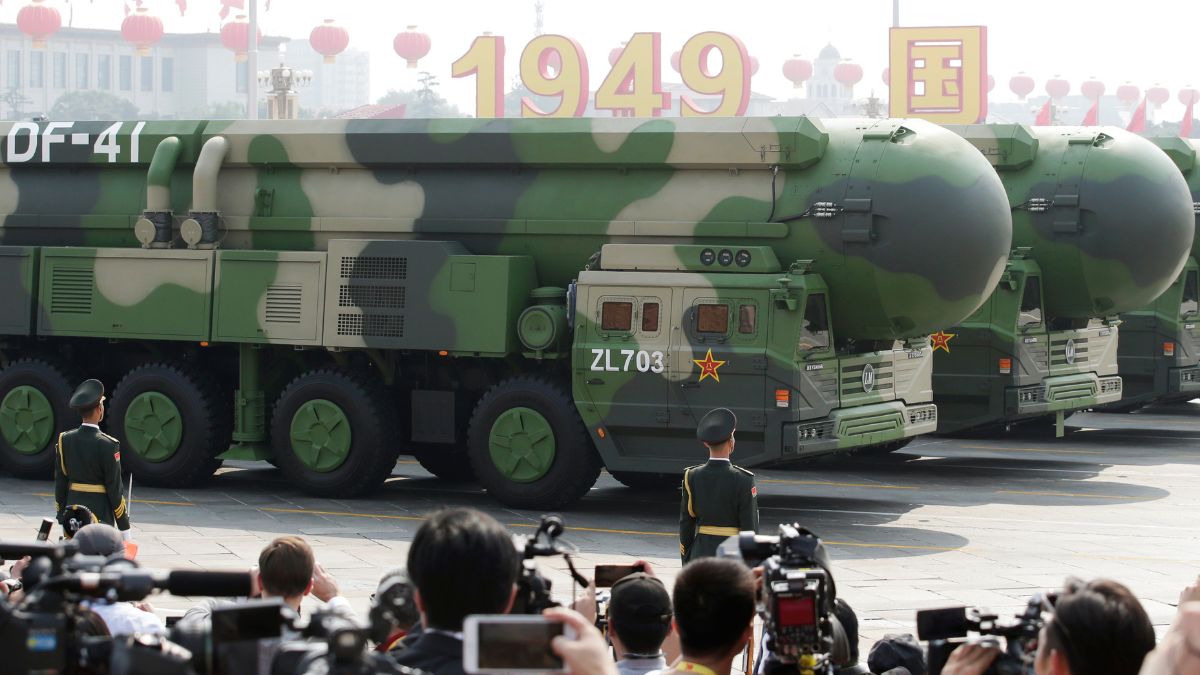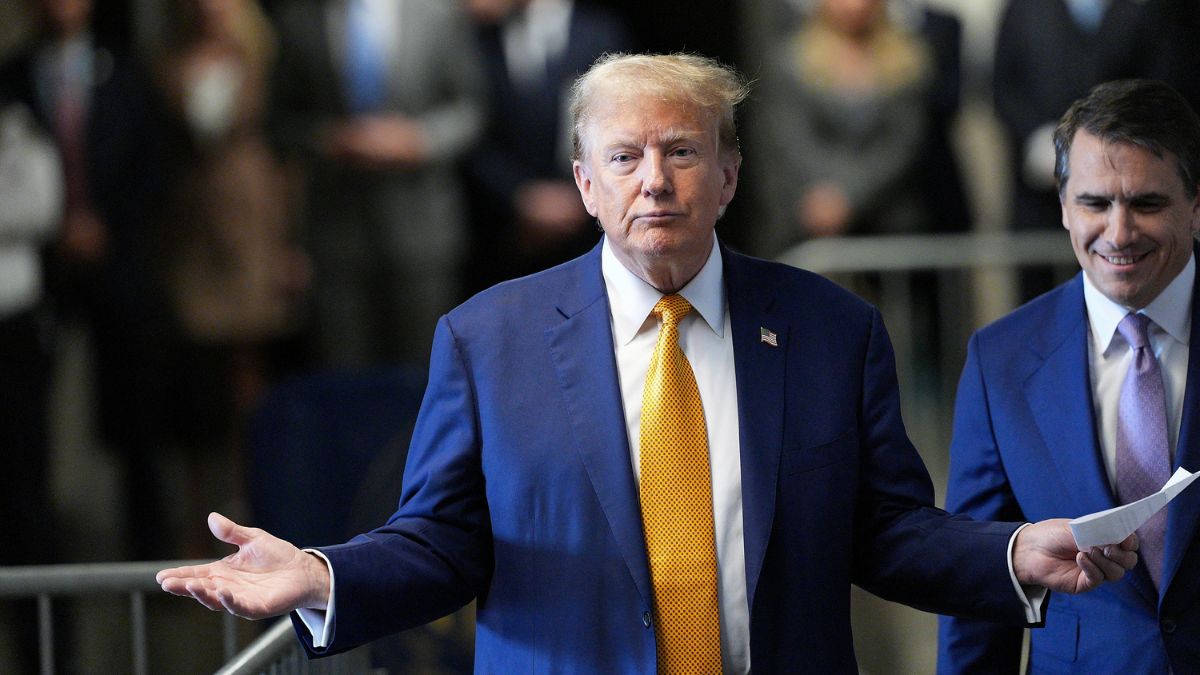President Donald Trump looks to go global with his “drill, baby, drill” approach. Reports indicate that he is not only working to halt America’s transition away from fossil fuels but also applying pressure on other nations to retreat from their climate pledges and consume more coal, oil and gas.
According to The New York Times, while aligned with Republicans in Congress to dismantle support for renewable energy and electric vehicles at home, the Trump administration is said to be deploying tariffs, trade deals and diplomatic threats abroad to push more fossil fuel-based development.
Trump has already spoken against alternative sources of power generation, claiming that wind energy is destroying nations and urging them to return to fossil fuels. His rhetoric, combined with policy moves, pointed towards a strategy of reshaping global energy priorities in favour of oil and gas.
During a cabinet meeting earlier this week, Trump explained that his efforts were aimed at convincing foreign governments to abandon clean energy. “I’m trying to have people learn about wind real fast, and I think I’ve done a good job, but not good enough because some countries are still trying,” he said.
The US president said some countries were “destroying themselves” with wind energy and said, “I hope they get back to fossil fuels”.
Two weeks earlier, his administration had promised to punish countries that supported a global shipping agreement to cut greenhouse gas emissions, warning of tariffs, visa restrictions and port fees as potential consequences.
One of the Trump administration’s central tactics appeared to involve wielding America’s economic weight against climate measures. The strategy was framed as protecting American sovereignty, but critics interpreted it as a blunt effort to undercut international climate collaboration, The New York Times reported.
Trade agreements were another major lever. The administration reportedly negotiated a deal with the European Union that tied tariff reductions to the bloc’s purchase of $750 billion worth of US oil and gas over three years.
However, such arrangements risked locking Europe into fossil fuel dependence, conflicting with its climate goals. Similar commitments were sought from Japan and South Korea, which pledged vast investments in US liquefied natural gas and energy infrastructure.
Aligning with oil producers
Trump’s policies also placed the US alongside major oil producers in opposing restrictions on petroleum-based plastics, whose rising use has been linked to environmental and health concerns. In Geneva, the administration joined Saudi Arabia and others to resist limits, even as evidence mounted about plastics polluting waterways and entering the human body.
Energy Secretary Chris Wright further suggested that the US could withdraw from the International Energy Agency after it projected that global oil demand would peak this decade. He framed fossil fuels as the guarantor of “freedom and sovereignty” while dismissing net-zero goals as “climate alarmism” that threatened prosperity.
Mockery of renewables abroad
Trump’s hostility to renewable energy, long evident in domestic debates, extended overseas. During a trip to Scotland in July, he reportedly described wind power as a “con job” while meeting with European Commission President Ursula von der Leyen.
He went further in a meeting with British Prime Minister Keir Starmer, labelling wind energy “a disaster” and criticising subsidies for turbines.
Wind currently accounts for about 20 per cent of Europe’s electricity, with plans to exceed 50 per cent by mid-century. Trump’s criticisms of wind as “ugly monsters” were widely at odds with the trajectory of European energy policy, which has centred on scaling up renewables to meet climate commitments.
International alarm
Jennifer Morgan, Germany’s former climate envoy, argued that Trump was actively seeking to build “a fossil fuel world,” warning that this moment called for nations to double or triple their collaboration rather than yield to Washington’s push.
Environmental groups such as the Natural Resources Defence Council described the administration’s strategy as systematically privileging fossil fuels in every negotiation, The New York Times reported.
Scientists stressed that last year marked the hottest on record, the first in which global average temperatures surpassed 1.5 degrees Celsius above preindustrial levels. This milestone coincided with devastating droughts, wildfires and heatwaves. They argued that halting climate change requires a rapid transition to renewables such as wind, solar, hydropower and geothermal energy.
National security vs climate security
The White House defended its approach as safeguarding American interests. A spokesperson stated that the administration’s goal was to restore energy dominance, lower costs for households and businesses and avoid pursuing what it called “vague climate goals” at the expense of national security.
While President Trump had previously withdrawn the US from the Paris Agreement and promoted domestic oil and gas, the new phase was more aggressive. As the world braces for another year among the hottest on record, the clash between Trump’s fossil fuel push and the international clean energy agenda has intensified.
The worry is if the US, as the world’s largest economy, continues leveraging its influence to expand oil and gas markets, other nations may struggle to maintain their commitments and the consequences could be profound locking in emissions at a time when urgent cuts are required.
End of Article

)
)
)